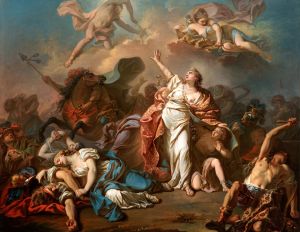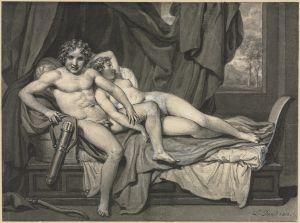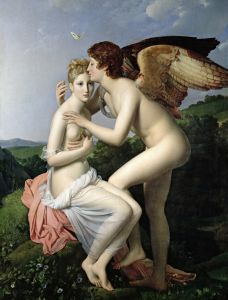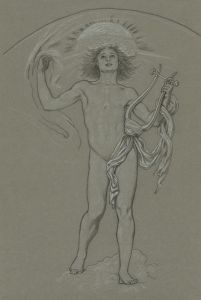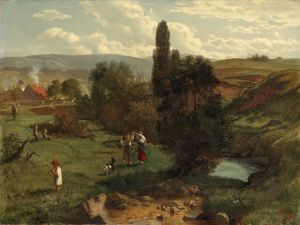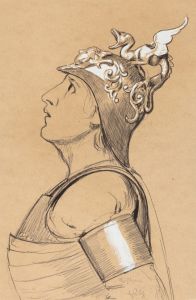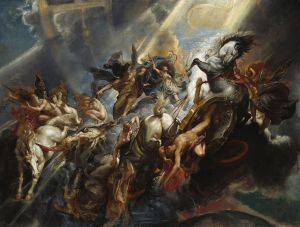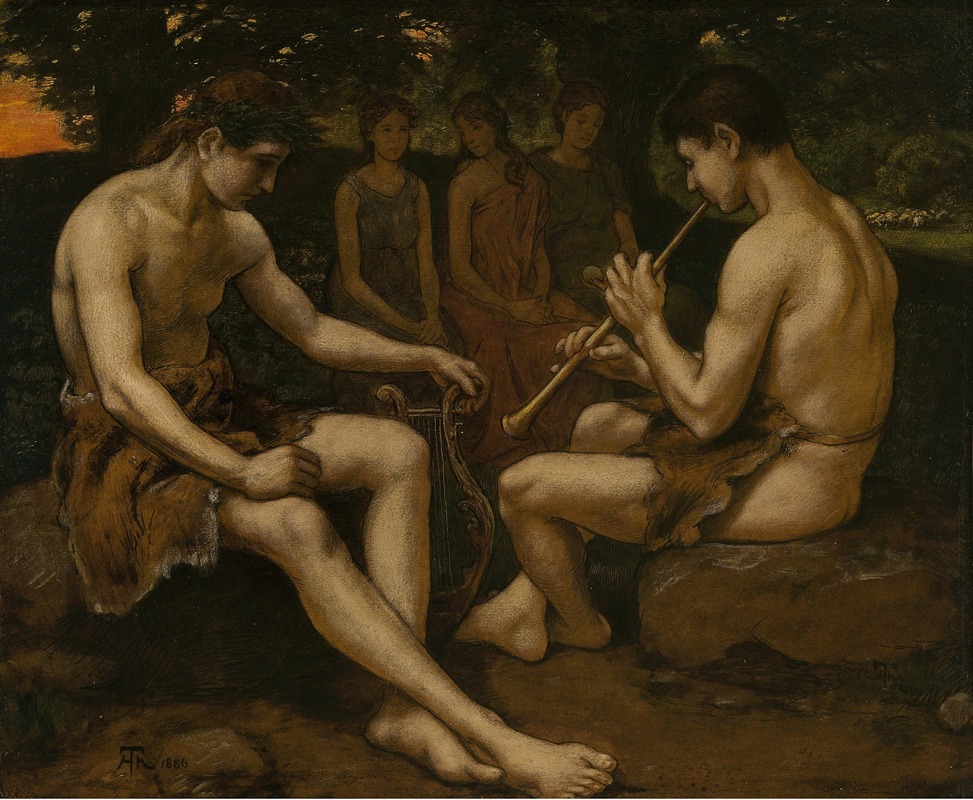
Apollon and Marsyas
A hand-painted replica of Hans Thoma’s masterpiece Apollon and Marsyas, meticulously crafted by professional artists to capture the true essence of the original. Each piece is created with museum-quality canvas and rare mineral pigments, carefully painted by experienced artists with delicate brushstrokes and rich, layered colors to perfectly recreate the texture of the original artwork. Unlike machine-printed reproductions, this hand-painted version brings the painting to life, infused with the artist’s emotions and skill in every stroke. Whether for personal collection or home decoration, it instantly elevates the artistic atmosphere of any space.
Hans Thoma's painting "Apollon and Marsyas" is a work by the German artist Hans Thoma, who was active during the 19th and early 20th centuries. Thoma is known for his contributions to the Romantic and Symbolist movements, often drawing inspiration from mythology, nature, and German folklore. This painting depicts the mythological story of Apollo and Marsyas, a tale from ancient Greek mythology that explores themes of artistic rivalry and divine punishment.
The myth centers on Marsyas, a satyr who discovers a flute that had been discarded by the goddess Athena. Marsyas becomes skilled at playing the instrument and eventually challenges Apollo, the god of music, to a contest to determine who is the superior musician. In the myth, Apollo wins the contest by playing his lyre and singing simultaneously, a feat Marsyas cannot replicate. As punishment for his hubris in challenging a god, Marsyas is flayed alive by Apollo. This story has been interpreted as a cautionary tale about the dangers of pride and the consequences of defying divine authority.
Thoma's interpretation of this myth is rendered in his characteristic style, which often combines elements of realism with a dreamlike quality. The painting captures the dramatic tension of the narrative, focusing on the figures of Apollo and Marsyas. Thoma's use of color, composition, and attention to detail reflect his skill as a painter and his ability to convey complex emotions and themes through his work.
While the exact date of the painting's creation is not widely documented, it is consistent with Thoma's broader body of work, which frequently revisited mythological and allegorical subjects. The painting is an example of how 19th-century artists engaged with classical themes, reinterpreting them in ways that resonated with contemporary audiences.
"Apollon and Marsyas" is part of Thoma's legacy as an artist who bridged traditional and modern approaches to art. His works are held in various collections, primarily in Germany, and continue to be studied for their artistic and cultural significance.





